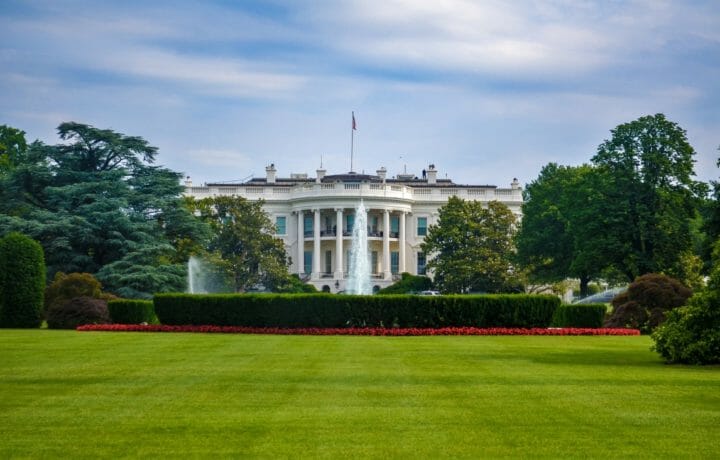“After decades of under-investment in a modern-day workforce, a failure to partner with labor unions, and ongoing, unwarranted attacks on its independence, the civil service is in need of repair and rebuilding, and the administration has already taken swift action to deliver on that goal,” the president’s 2022 budget reads.
Pay Raise for the Feds Higher Than 1%
Biden released his full budget proposal, and a number of the initiatives mentioned are focused on helping and expanding federal civilians. One of the biggest things to note is the 2.7% proposed pay raise, not the 3.2% proposed by the Federal Adjustment of Income Rates (FAIR) Act but a lot closer than the 1% pay raise federal civilians received in 2021.
“If we are going to recruit the next generation of public servants and be competitive with the private sector, Congress must pass the FAIR Act and give federal employees a 3.2% raise,” Connolly said.
The President’s budget also calls to expand the size of some civilian agencies. Especially the EPA that has experienced staffing declines in recent years.
DoD Hiring and Retention Has Been an Issue
The President also outlined a desire to achieve better hiring outcomes and modernizing the personal vetting and security clearance systems. DoD has seen pushback on hiring and retention struggles when the American Federation of Government Employees (AFGE) National President Everett Kelly sent a letter to Deputy Secretary Kathleen Hicks criticizing DoD practices to help with hiring have in fact led to gaps within the workforce.
AFGE pointed out that despite a number of different “flexibilities” provided to DoD skill gaps have persisted. They also pointed out the various “reform” have actually limited candidates and may have limited diversity.
President Biden looks to change these practices and the 2022 budget request reads “As the administration and the country move forward, it is imperative that the federal government have the tools and human resources personnel to evolve and compete with the overall labor market. The budget supports building additional capacity and capability for agencies to strengthen the workforce, recruit and hire talent and ensure agencies can recruit specific technical talent where there are longstanding gaps.”
Where Is the Next Generation in the Federal Government?
The current federal workforce doesn’t represent the overall civilian population, in part, due to complex civil service hiring rules. The President hopes to change this by revitalizing their internship program. The federal workforce continues to age and the President hopes that new internships can help bring in young workers and hopefully more diversity as well. In 2010, federal agencies hired 60,000 interns, in 2020 there were only 4,000 interns according to budget documents. A dramatic decrease and another key indicator of the problems related to bringing in new young talent.
Currently, not only do federal workers continue to age closer to retirement but more federal hires are above thirty than below it. The average age of new hires is forty-seven and new hires under the age of thirty were only 8% of total new hires while almost 30% of new hires were over the age of fifty-five.
The Office of Personnel Management is working on major reforms on hiring flexibilities to help bring in new talent. Let’s hope these changes can help fix the flaws pointed out by AFGE and fill the holes created by previous policies and create a more diverse federal workforce.




